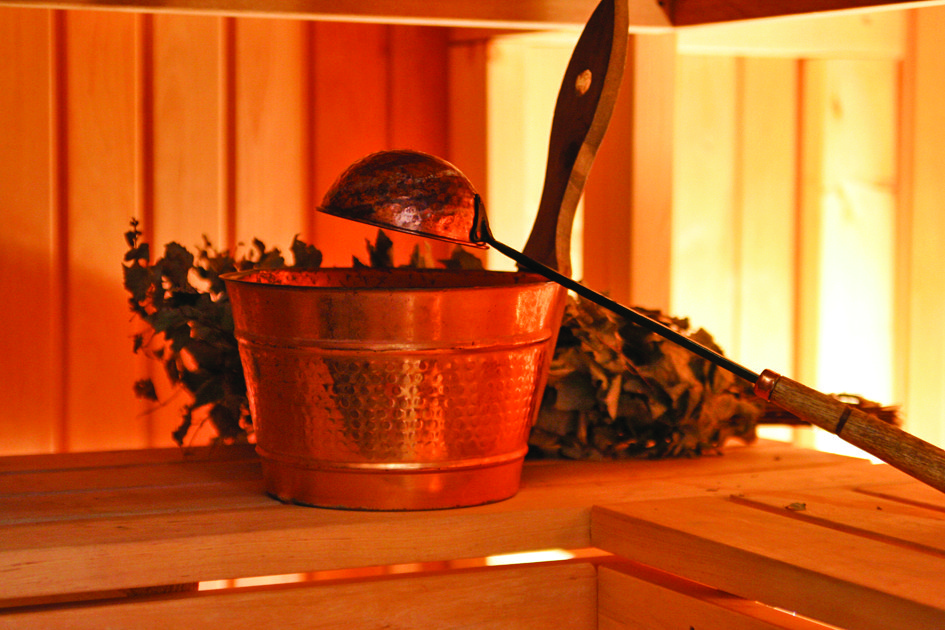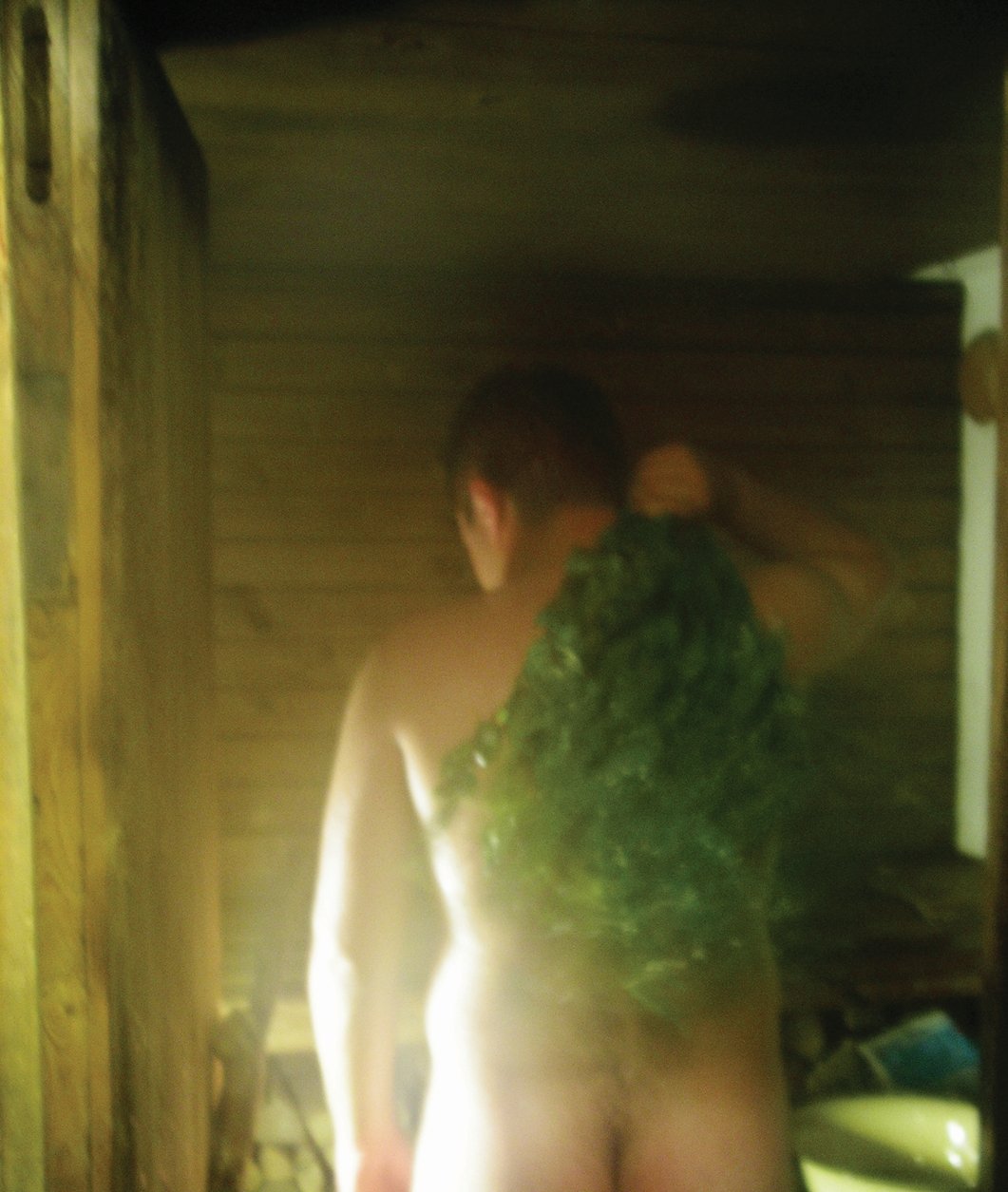Estonian Sauna culture

Though Estonia’s northern neighbour, Finland, is the undisputed sauna capital of the world (the very word ‘sauna’ in English is actually borrowed straight from the Finnish), the practice of confining steam or heat to a confined area for bathing purposes is found in a number of world cultures. Japanese, Native Americans and Russians all have their versions of steam and sweat baths.
The Estonian saun is thought to come from a rural sauna tradition that extends from the Baltic region to the Urals, so it’s no surprise that the development of sauna culture and practices here has a lot in common with that of Estonia’s neighbours. The aforementioned Finns will find few differences between their sauna designs and the ones in Estonia. Since the tradition dates back before written records were kept, there’s no way of telling how long it has been going on in the country. The fact that there’s even a ‘Sauna’ street and a medieval ‘Sauna Tower’ in Tallinn’s Old Town is, however, a good indicator of the importance of saunas in centuries past.
These days, while saunas are often still used for bathing by country folk, it’s much more common to find them used for de-stressing, for warming up, and for parties. Because advances in technology mean that saunas are no longer confined to separate buildings or little huts in the woods, a lot of hotels and sports clubs have one or more saunas built in. Some inventive people even manage to squeeze two-person saunas into their tiny, Soviet-era apartments. If you’re a first-time visitor to Tallinn, or just someone who’s curious about this important part of Estonian life, you’ll definitely want to make at least one sauna stop while you’re here.
What follows are some tips to make your sauna experience more rewarding, and to point out some fascinating sauna possibilities that go way beyond what’s on offer in the average hotel. The most important thing to remember, however, is that the sauna is a social experience, so get together with some Estonian friends, pack up some bottles of beer, and head to where the steam is!
A ‘how-to’ guide
First, get naked. Bathing suits in saunas are a rarity. Most public saunas will be single-sex or have times for men and women, though families and groups of friends often go in mixed groups. That said, if you’re in a large bathhouse or health club, check the signs before running out naked into the common pool area and having your photo taken by the tabloid press or Tallinn In Your Pocket.
Once you’re ready, step into the sauna. It’s good to bring a towel with you to sit on. Choose your bench carefully. Heat rises, and the top bench, especially when the ceiling is low, can be real scorcher. Though experts say 60 - 70 °C is the optimal temperature for sweating, Estonians typically heat their saunas to 80 - 100°C, sometimes as high as 110°C. If you’re a novice, start with the lower bench.
After you’ve gotten used to the heat, it's time for leil. You take the dipper and scoop some of the water from the bucket and pour it over the stones. The effect of even a little water on the stones is instantaneous, so take it slow. Under no circumstances should you pour the whole bucket onto the stones. Even if you survive the resulting heat, your companions will probably kill you.

When you’re nice and sweaty, and comfortable with the temperature, you can take the viht or birch branches (sometimes provided, sometimes sold separately) and gently swat your back, torso and limbs. Better still, go the traditional route and let your sauna companion give you a hand. This is a kind of massage, and will supposedly increase your circulation and make you perspire more, getting rid of all those nasty toxins.
The typical session, the time you sit in the sauna itself, lasts about ten minutes. By this time, you should be fairly well drenched in your own perspiration, and ready to cool off. Of course, you should go at your own pace, and leave early if you feel dizzy or start to see mystical visions of Estonian folk dancers.
As in Finland, Estonians like to run out into the snow or jump in a cold lake after a sauna session, but lakes and private snow banks simply aren’t as available here, so many people skip this step. A shower is usually available to help you clean up. A post sauna drink and snack are a must.
The many faces of sauna
Finnish Sauna
What Estonians simply call an ordinary ‘sauna’ is also referred to here as ‘Finnish sauna’ for clarity’s sake. The most typical type of sauna, this one involves a wood-fired stove (or sometimes an electric heater, though purists scoff at this innovation) with a collection of fist-sized stones on top. When the stones are hot enough, the water poured over them instantly vaporises. Sauna interiors are almost always made of wood, which gives them a pleasant, distinct fragrance.






